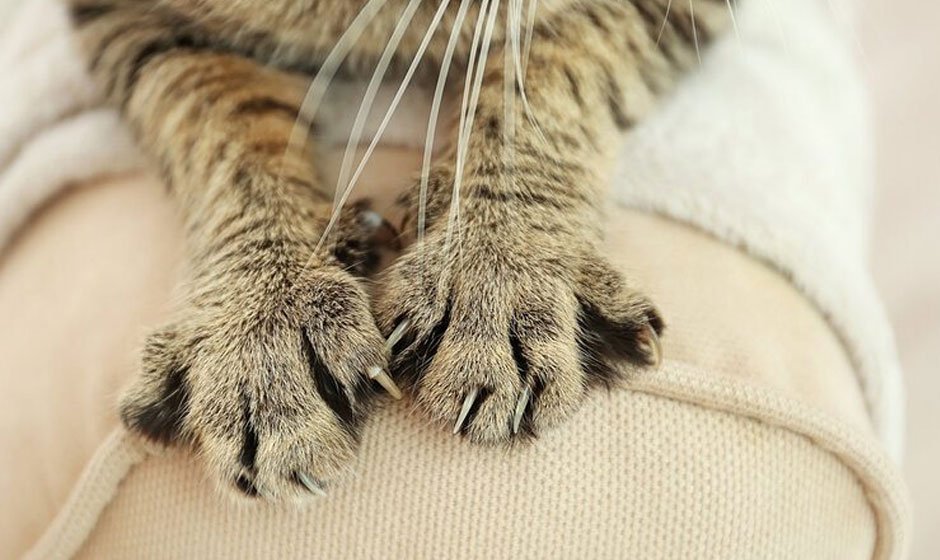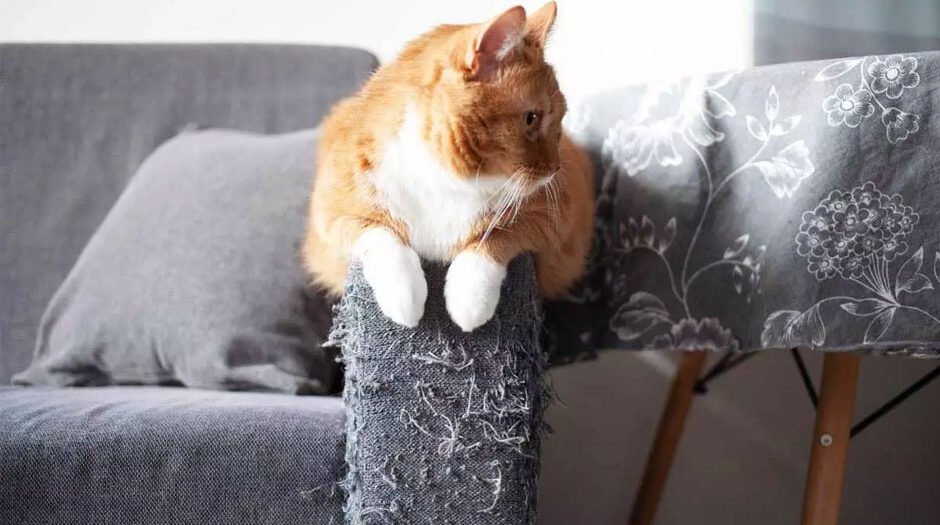Cats naturally scratch, which is frustrating for pet owners when it comes to furniture. Though it might seem like a battle you cannot win, there are home remedies and behavior changes you can make to redirect your cat from scratching.
Understanding the Behavior
It is crucial to understand why cats scratch before you implement any solutions. Scratching serves multiple purposes:
Claw maintenance: Scratching removes old claw sheaths.
Territory marking: Cats mark territory with scent glands on their claws.
Stretching and exercise: The scrubbing stimulates their body and mind.
By addressing these underlying reasons you can create a better living situation for you and your cat.

Provide Suitable Scratching Alternatives
Proper scratching posts are the foundation of preventing furniture damage. Here’s how:
Variety is key: You can give your cat vertical, horizontal and carpeted scratching posts.
Strategic placement: Position scratching posts near places your cat likes to scratch, such as by the couch or other lounging spots.
Reward Good Behavior: Give praise and a treat when your cat uses the scratching post. They’ll start thinking the scratching post means good things.
Keeping Your Cat off Furniture
If your cat still continues to scratch furniture, these deterrents may work:
Double-sided tape: The sticky feeling discourages cats. Spread it over the areas of interest.
Citrus scents: Some cats hate citrus odors. Create a solution of water and citrus peels or essential oils (be careful with essential oils around cats) and spray on furniture.
Aluminum foil: The crinkling sound and texture can discourage cats from scratching.
Water spray bottle: A mild water spray might startle your cat and discourage scratching.
Keeping Those Claws in Check
Little things like maintaining your cat’s nails can protect your furniture.
Regular trims: Just as we clip our nails, your cat’s claws need a trim too. Do this frequently to keep them from getting too sharp.
Nail caps: If you dislike trimming, try nail caps. These little soft covers go over your cat’s claws. For their paws they are like little mittens!
Training Your Cat
You have to teach your cat good scratching habits. So here’s how to help them learn:
Playtime is key: Cats play! Regular playtime burns off energy and makes your furniture less likely to be a scratching post.
Cover up: If you’re struggling, cover any furniture with blankets or sheets. That could stop your cat scratching there.
Extra Tips
Catnip magic: Catnip is an obsession some cats have! You can sprinkle some on the scratching post.
Climb high: Cats love climbing. Get them a cat tree or some shelves so they can scratch and play without disturbing your furniture.
Patience is a virtue: Be patient, changing your cat’s behavior takes time. Stay calm and consistent and eventually you’ll see results.
Most important is to avoid punishment. Angry or harsh words will scare your cat and create a negative association with you. Focus on the positive by rewarding them with an alternative. With a little work, you and your cat can live happily ever after!





























